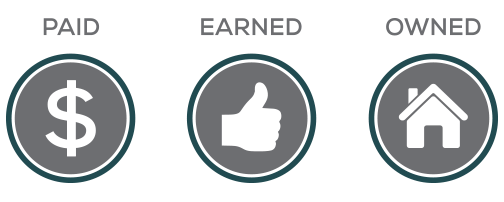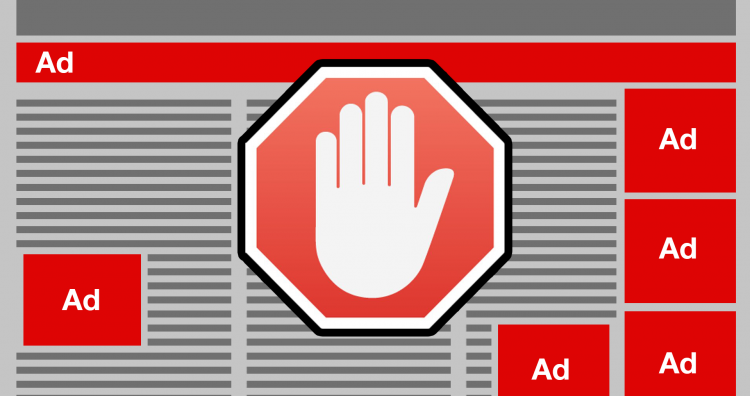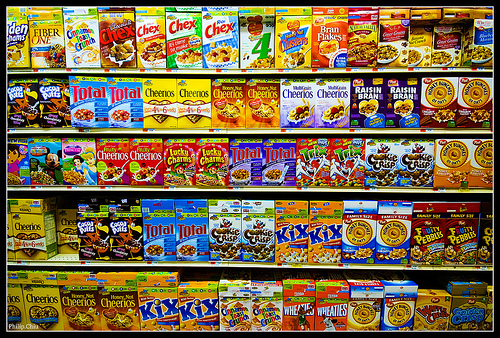As marketers, one of the most important facets of our job in being able to run successful lifecycle marketing campaigns. For those reading this who may not be familiar with what lifecycle marketing is, allow me to briefly explain. Lifecycle marketing refers to sales and marketing campaigns that take your potential and current customers’ needs into account as they transform over time. That means providing incentive for new customers to choose you over your competition as well as for already existing customers to continue choosing you, thus, generating more revenue. This is done first off by recognizing that new and returning customers have different needs and utilizing that knowledge to assign specific user profiles and create direct marketing campaigns that make the customer feel important rather than enterprising campaigns that are hit or miss at best. Doing this will transform your marketing campaigns into meaningful and engaging initiatives. No matter the customer, timely, poignant, and motivated emails will help you engage your client successfully, as their needs evolve. So, having read that, how now can you guarantee lifecycle marketing success?
1. Constant Communication
Clients want to know that you are providing them with value. The best way to reassure them of this is by keeping in contact with them and letting them know what steps you are taking in the evolution of your business and product to do the most you can for them. Letting them know about new updates, fixes, and sharing content with them are some great examples of things to update customers with because it expresses your commitment to delivering value.
2. Usage-based Programs
Knowing how your customers are using your product in relation to the usage-cycle affords you the ability to let them know exactly what you need to regarding any offers, updates, or events. There are a number of ways to monitor this sort of activity, primarily the method of CRM triggering in email marketing campaigns. The typical order of a lifecycle marketing campaign goes as follows: Trial phase > Onboarding > Land & Expand > Customer Success. Recognizing where customers fall within the expanded spectrum of those four steps gives you the opportunity to tailor solutions and emails in a way that is geared towards moving them along the funnel.
3. Product-based Upselling
Incentive goes a long way to bring in new clients as well as keeping existing ones within the funnel. Offering additional products that speak to your customer’s needs and usage is a fantastic way of upselling. Whether this be in the form of complimentarily bundling a purchased produced with an unpurchased one or offering special events and purchasing opportunities for returning customers (much in the same way that Nordstrom does with their member sales), keeping paying customers in the loop and learning about their product use can teach you a lot about your clients and yourself.




